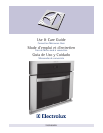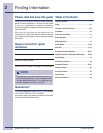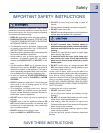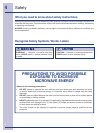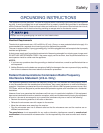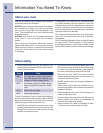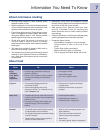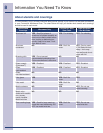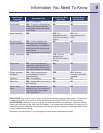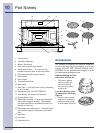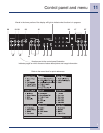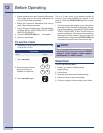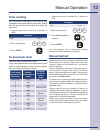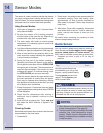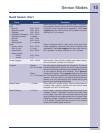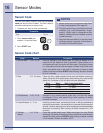
E
7
About food
Food Do Don't
Eggs,
sausages,
nuts, seeds,
fruits &
vegetables
Puncture egg yolks before cooking to •
prevent “explosion”.
Pierce skins of potatoes, apples, squash, •
hot dogs and sausages so that steam
escapes.
Cook eggs in shells.•
Reheat whole eggs.•
Dry nuts or seeds in shells.•
Popcorn
Use specially bagged popcorn for •
microwave cooking.
Listen while popping corn for the •
popping to slow to 1 or 2 seconds or use
special popcorn pad.
Pop popcorn in regular brown bags •
or glass bowls.
Exceed maximum time on popcorn •
package.
Baby food
Transfer baby food to small dish and heat •
carefully, stirring often. Check temperature
before serving.
Put nipples on bottles after heating and •
shake thoroughly. “Wrist” test before
feeding.
Heat disposable bottles.•
Heat bottles with nipples on.•
Heat baby food in original jars.•
General
Cut baked goods with filling after heating •
to release steam and avoid burns.
Stir liquids briskly before and after heating •
to avoid “eruption”.
Use deep bowl, when cooking liquids or •
cereals, to prevent boilovers.
Heat or cook in closed glass jars or air •
tight containers.
Can in the microwave as harmful •
bacteria may not be destroyed.
Deep fat fry.•
Dry wood, gourds, herbs or wet papers.•
Information You Need To Know
About microwave cooking
Arrange food carefully. Place thickest areas •
towards outside of dish.
Watch cooking time. Cook for the shortest amount •
of time indicated and add more as needed. Food
severely overcooked can smoke or ignite.
Cover foods while cooking. Check recipe or cook-•
book for suggestions: paper towels, wax paper,
microwave plastic wrap or a lid. Covers prevent
spattering and help foods to cook evenly.
Shield with small flat pieces of aluminum foil •
any thin areas of meat or poultry to prevent
overcooking before dense, thick areas are cooked
thoroughly.
Stir foods from outside to center of dish once or •
twice during cooking, if possible.
Turn foods over once during microwaving to speed •
cooking of such foods as chicken and hamburg-
ers. Large items like roasts must be turned over
at least once.
Rearrange foods such as meatballs halfway •
through cooking both from top to bottom and from
the center of the dish to the outside.
Add standing time. Remove food from oven •
and stir, if possible. Cover for standing time
which allows the food to finish cooking without
overcooking.
Check for doneness. Look for signs indicating that •
cooking temperatures have been reached.
Doneness signs include:•
- Food steams throughout, not just at edge.
- Center bottom of dish is very hot to the
touch.
- Poultry thigh joints move easily.
- Meat and poultry show no pinkness.
- Fish is opaque and flakes easily with a fork.



